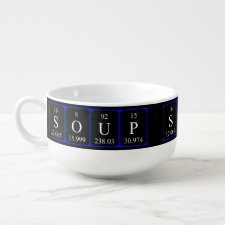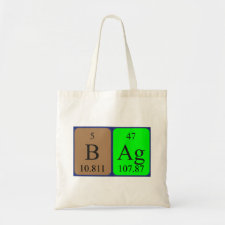
Authors: Wang XL, Tang QH, Wang QQ, Qiao XG, Xu ZX
Article Title: Study of a molecularly imprinted solid-phase extraction coupled with high-performance liquid chromatography for simultaneous determination of trace trichlorfon and monocrotophos residues in vegetables.
Publication date: 2014
Journal: Journal of the Science of Food and Agriculture
Volume: 94
Issue: (7)
Page numbers: 1409-1415.
DOI: 10.1002/jsfa.6429
Abstract: BACKGROUND Organophosphate pesticide residues are harmful to human health because of their potential mutagenic and carcinogenic properties. Therefore, it is of great importance to development an accurate and reliable analytical method to prevent their uncontrolled effects on environmental pollution and human health. RESULTS This study reports a new method of molecularly imprinted solid-phase extraction coupled with high-performance liquid chromatography (MISPE-HPLC) for simultaneous determination of two organophosphate pesticides residues. Two types of molecularly imprinted polymers (MIPs) were prepared using the trichlorfon and monocrotophos as the template molecule, respectively, methacrylic acid as the functional monomer, and ethylene glycol dimethacrylate as the cross-linker. The recognition ability and adsorption - desorption dynamic of each imprinted polymer toward the trichlorfon or monocrotophos were characterised. Using the mixture of trichlorfon-MIP and monocrotophos-MIP (20:80, wt/wt) as solid-phase extraction sorbent, the factors affecting the pre-concentration on the analytes and the sensitivity of the MISPE-HPLC method were optimised. Under optimal condition, the linear range was 0.005 - 1.0 mg L-1. The limit of detection was 4.2 μg g-1 for trichlorfon, and 1.2 ng g-1 for monocrotophos. The peak area precision [Relative standard deviation (RSD)] for three replicates was 2.9 - 4.5%. The blank rape and cauliflower samples spiked with trichlorfon and monocrotophos at 0.05 and 0.005 μg g-1 levels were extracted and determined by this method with recoveries ranging from 88.5% to 94.2%. Moreover, this method was successfully applied to the quantitative detection of the trichlorfon and monocrotophos residues in leek samples. CONCLUSION With good properties of high sensitivity, simple pre-treatment and low cost, this MISPE-HPLC method could provide a new tool for the rapid determination of multi-pesticide residues in the complicated food samples. © 2013 Society of Chemical Industry
Template and target information: trichlorfon, monocrotophos, dual template
Author keywords: molecular imprinting, Trichlorfon, Monocrotophos, Solid-phase extraction, high-performance liquid chromatography



Join the Society for Molecular Imprinting

New items RSS feed
Sign-up for e-mail updates:
Choose between receiving an occasional newsletter or more frequent e-mail alerts.
Click here to go to the sign-up page.
Is your name elemental or peptidic? Enter your name and find out by clicking either of the buttons below!
Other products you may like:
 MIPdatabase
MIPdatabase









